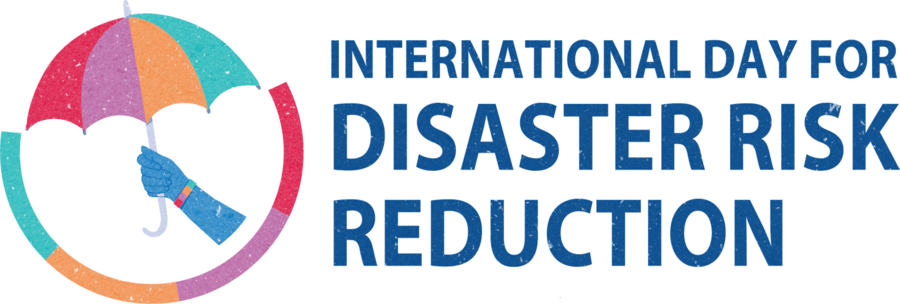How ICTs enhance resilience and awareness in countries at risk: Lessons learned from international collaboration
- English
International Telecommunication Union (ITU), United Nations Office for Disaster Risk Reduction (UNDRR), International Federation for Information Processing (IFIP)
International Day for Disaster Risk Reduction is held every 13 October. It is an opportunity to acknowledge the progress being made in reducing disaster risk and losses in lives, livelihoods and health. For the year 2021, the focused theme is on “International cooperation for developing countries to reduce their disaster risk and disaster losses.”
Extreme weather events, earthquakes, tsunamis, as well as pandemics and other human made related hazards pose continued challenges to countries and communities. ICTs help to ensure that communications are available throughout the disaster management cycle, to support the preparedness and response activities on the ground. A multi-stakeholder approach is vital to achieve these efforts. Additionally, the delivery of vital information before, during and after disasters, reduces the vulnerability of communities at risk and increases their resilience to cope with disasters.
This session brings together experts from government, international organisation, academia, and partners to celebrate the UN International Day for Disaster Risk Reduction and to reinforce commitment towards ensuring a safer and sustainable future. It will emphasise on the importance of global collaborations and partnerships for addressing the environmental issues, in line with the WSIS Action Line C7: E-Environment and the Sustainable Development Goals (SDGs).
Information and Communication Technologies (ICTs) play a significant role in disaster management. Timely and effective information flow is important for decision making, for early warning and alerting and for the effective coordination and articulation of response efforts within all stakeholders including communities at risk as well as those working in disaster management, from first responders to senior officials. However, effective disaster management not only depends on having in place resilient telecommunications infrastructure and services but also national strategies and plans that ensure effective and timely information sharing across all levels of government, within affected communities and among public and private organizations.
Disasters have devastating effects on people’s lives and livelihoods, and in terms of economic losses. Data show that in 2020 disasters had a major impact in every region of the world due to the COVID-19 pandemic. In 2020, nations were forced to conduct the full range of disaster management including planning, mitigation, response, and recovery while accounting for a variety of COVID-19 concerns. This made every disaster a cascading event, where deployment of responders and relief supplies was exponentially more complex than ever before. The least developed countries (LDCs) and small island developing states (SIDS) have been particularly more vulnerable to these effects, reason why there is a need to redouble the efforts to reduce the negative impacts of natural hazards and pandemics. So now the next step is to ensure that these two levels are secured and that the information – once arrived at the media centers - could be properly managed and transformed into useful and meaningful instructions.
Time
14:00–15:00 (UTC+02:00)
